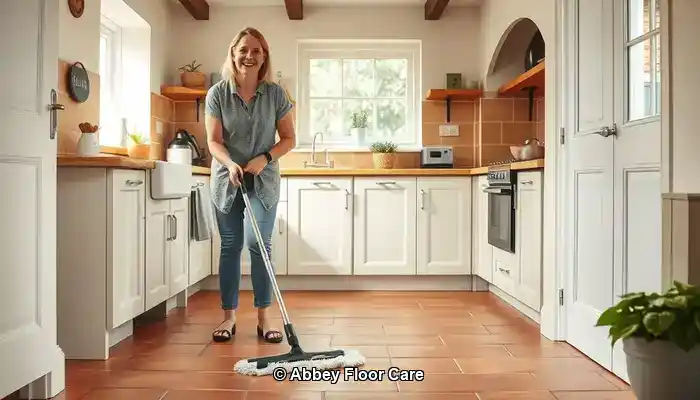
Last Updated on September 29, 2025 by David
Effective Methods for Achieving Pristine Terracotta Flooring
-
- Comprehending the Porosity of Terracotta highlights its susceptibility to quick absorption of dirt, particularly in humid areas like Surrey.
- Recognising the Significance of Proper Sealing is essential for preventing moisture and dirt from infiltrating the tile’s surface.
- Establishing Regular Maintenance Routines is crucial; daily sweeping and weekly mopping using pH-neutral cleaners help preserve the tiles' immaculate appearance.
- Avoiding Harsh Chemicals and steam mops is imperative as these can damage the sealant and compromise the tile surface.
- Opting for Eco-friendly Cleaning Products is recommended, especially in homes with children or pets for enhanced safety.
- Utilising Professional Restoration Services guarantees thorough cleaning and resealing, ensuring long-lasting protection for your terracotta tiles.
- Strategically Using Rugs and Mats in areas with high foot traffic can greatly reduce dirt transfer onto your tiles.
- Effectively Managing Moisture is essential; ensuring adequate ventilation and promptly addressing spills helps prevent staining and mould growth.
What Factors Contribute to Terracotta Getting Dirty So Quickly?
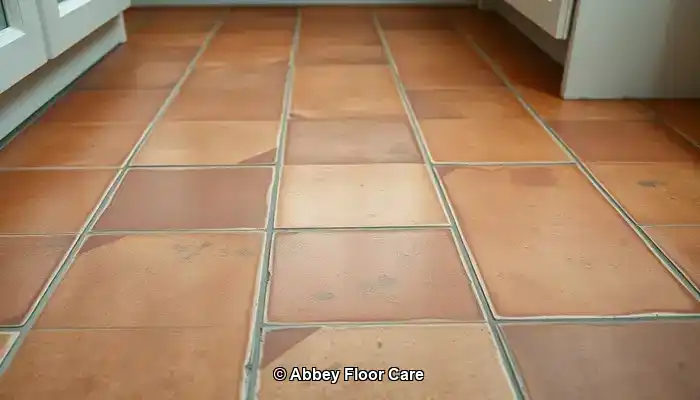
Terracotta tiles provide an exceptional flooring option, particularly in traditional or rustic-style homes throughout Surrey. Their vibrant colours and natural textures add warmth and personality to any environment. However, despite their aesthetic appeal, terracotta tiles are well-known for their rapid accumulation of dirt and grime. Understanding the factors that lead to this swift soiling is crucial for homeowners who wish to keep their floors clean and visually appealing.
Top Expert Recommendations for Daily Care Products for Terracotta
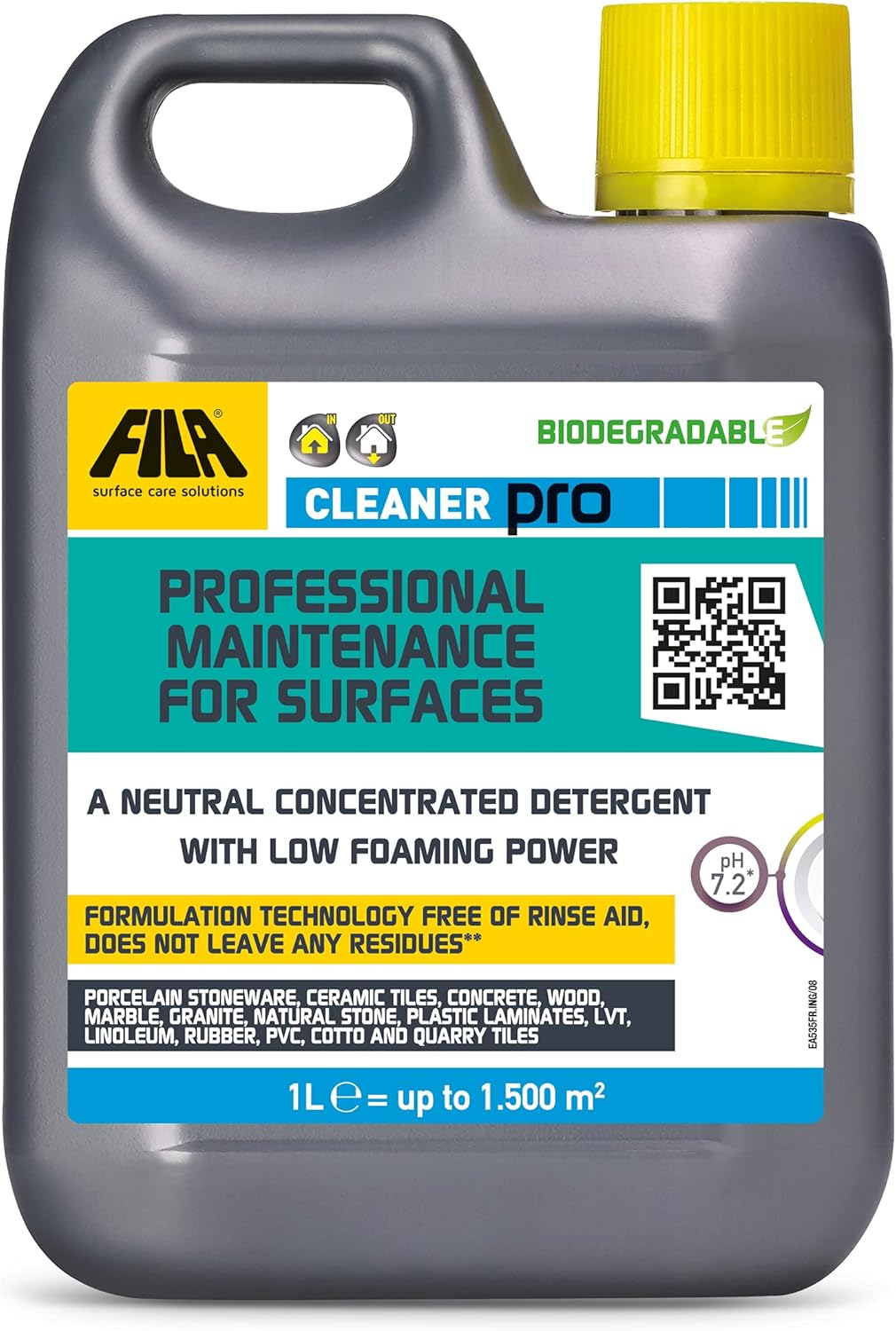
Fila Pro Floor Cleaner
|
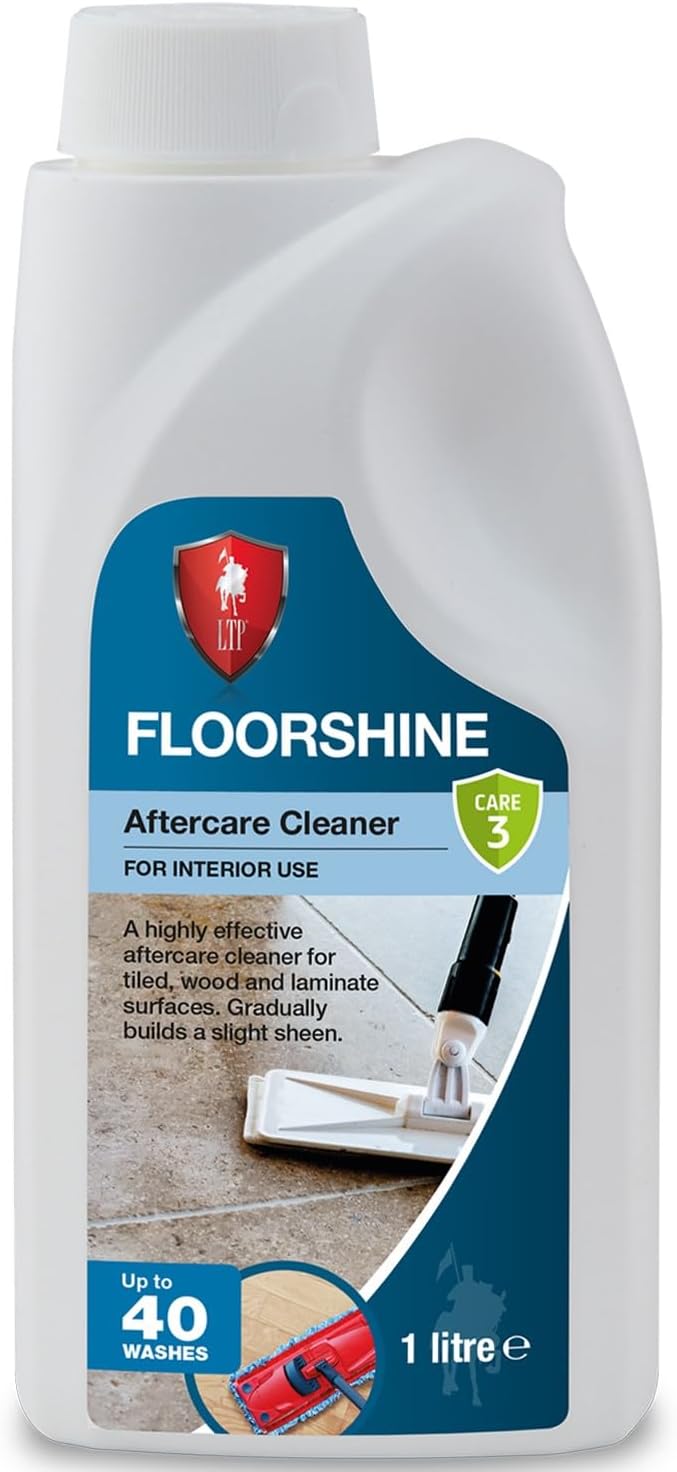
LTP Floorshine
|
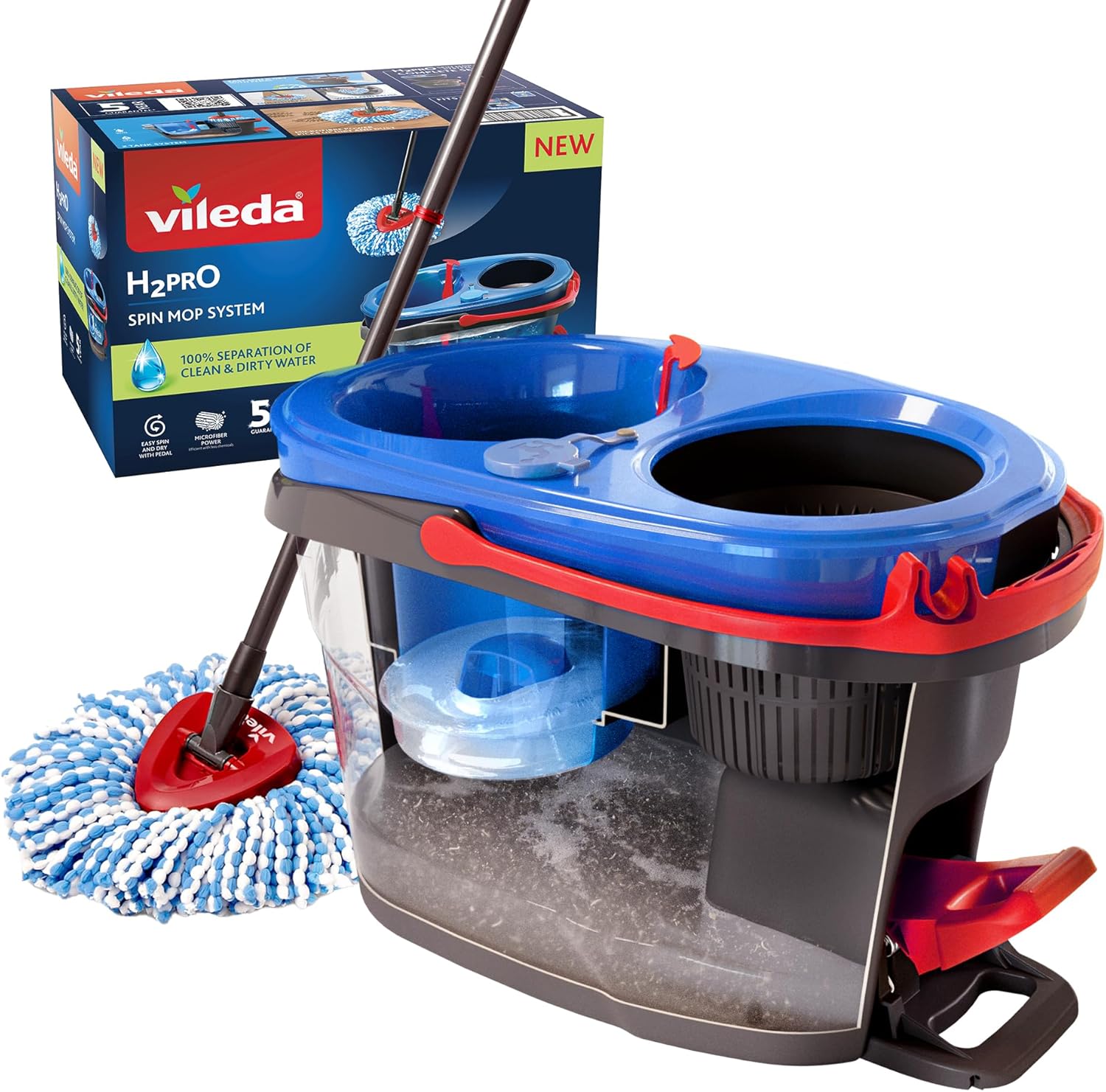
Vileda H2PrO Spin Mop System
|
Examining Porosity: The Essential Factor Behind Dirt Accumulation
Terracotta is composed of natural clay and is baked at notably lower temperatures compared to other types of tiles. This distinctive manufacturing technique results in a highly porous surface, enabling it to absorb moisture, oils, and dirt much like a sponge. Practically, this inherent porosity allows grime to settle deeply within the tile, making it increasingly difficult to remove with standard cleaning methods.
Unsealed terracotta is particularly susceptible to these issues. Without an adequate protective barrier, even minor spills or muddy footprints can leave permanent stains. Over time, neglect can result in a dull and discoloured appearance that typically requires professional cleaning services to remedy.
How Does the Climate in Surrey Affect the Cleanliness of Terracotta Floors?
The climate in Surrey has a significant impact on how quickly terracotta floors accumulate dirt. The region's frequent rainfall and damp conditions mean that more moisture is often tracked indoors, particularly in entryways and conservatories. This excess moisture exacerbates the dirt accumulation problem.
Homes located near wooded areas or gardens face an even heightened risk. Soil, pollen, and organic debris can easily find their way onto terracotta surfaces, especially if shoes are not removed before entering the house.
Which Daily Habits Lead to Increased Dirt Accumulation on Terracotta Floors?
In addition to environmental factors, daily practices can substantially influence the cleanliness of terracotta tiles. Using inappropriate cleaning products—such as acidic solutions or bleach—can strip protective coatings and damage the tile’s surface, leading to further degradation. While steam mops are popular for their convenience, they often drive moisture deeper into the tile, compounding the problem.
High-traffic areas, such as kitchens and hallways, are naturally more vulnerable to wear. Without regular sweeping and mopping, dirt quickly accumulates and embeds itself within the tile’s texture, making it increasingly challenging to maintain a clean appearance.
Proactive Measures for Ensuring Your Terracotta Stays Clean
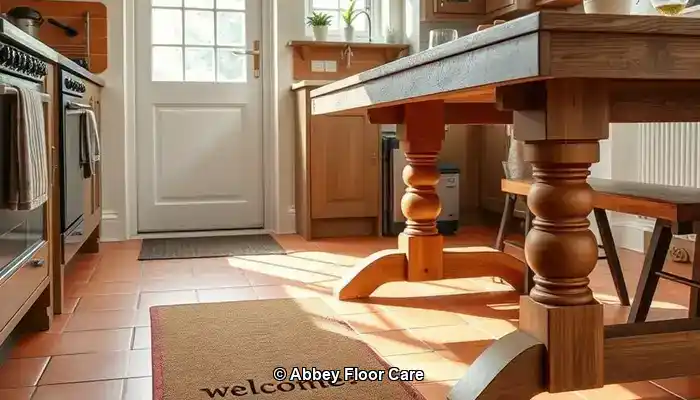
Maintaining the cleanliness of terracotta floors involves not simply reacting to dirt but also implementing proactive measures to prevent it from settling in the first place. In homes located in Surrey, where damp weather and garden traffic are prevalent, establishing a routine of proactive care is crucial to preserving the natural beauty of terracotta tiles.
Sealing: Your Primary Defence Against Dirt Accumulation
The most effective method to prevent terracotta from becoming dirty quickly is to ensure it is sealed properly. A high-quality, breathable sealant creates a protective barrier that repels moisture, oils, and grime. For properties in Surrey, where humidity levels can fluctuate, sealing is vital to prevent water absorption, which can lead to unsightly staining and mould growth.
Experts recommend resealing terracotta tiles every 12 to 18 months; however, this may vary based on foot traffic and moisture exposure. In areas like kitchens, hallways, and conservatories that experience regular usage, more frequent sealing may be necessary. Always select a sealant specifically designed for porous stone and avoid glossy finishes that might trap dirt on the surface.
Clever Layout Design: The Role of Rugs and Mats
Strategically placing rugs and mats can significantly decrease the amount of dirt that reaches your terracotta tiles. Using heavy-duty doormats at entrances helps capture mud and moisture before it spreads throughout the home. In high-traffic zones like hallways or beneath dining tables, area rugs act as a protective buffer, safeguarding the tile from excessive wear.
In rooms that connect to the outdoors, consider using washable runners that can be cleaned regularly. These not only help maintain the integrity of the tile but also add warmth and style to your living space.
Moisture Management Strategies for Homes in Surrey
The damp conditions commonly found in Surrey accelerate dirt accumulation on terracotta surfaces. To mitigate this, consider employing dehumidifiers in enclosed spaces and ensure your home has proper ventilation. Promptly wipe up spills and avoid leaving wet items—such as shoes or towels—on the floor to prevent moisture-related problems.
If your terracotta tiles are installed in a conservatory or garden room, adding blinds or UV filters can help reduce condensation and prevent damage from sunlight. These small adjustments can significantly influence how your tiles age over the long term.
By practising effective sealing methods, making smart design decisions, and managing moisture well, homeowners in Surrey can considerably reduce the rate at which their terracotta floors gather dirt. In the following section, we will explore the best cleaning techniques to maintain that fresh, natural appearance every day.
Optimal Cleaning Techniques for Keeping Terracotta Tiles Pristine
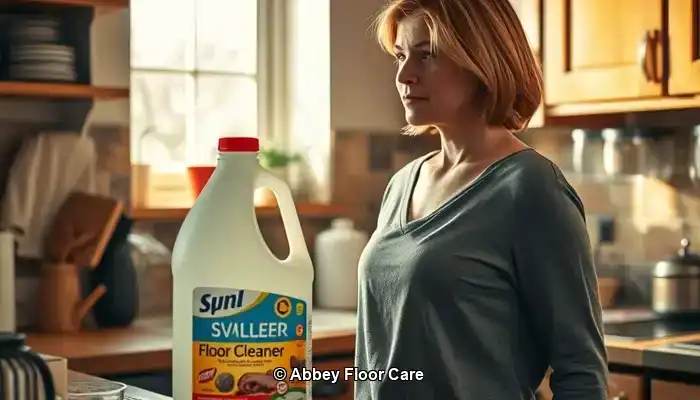
Even with proper sealing and preventive measures in place, terracotta floors necessitate consistent upkeep to retain their natural charm. The key lies in employing the right techniques and products that effectively clean without damaging the porous surface of the tiles.
Daily and Weekly Maintenance Regimens for Superior Care
In homes across Surrey, where outdoor elements frequently make their way inside, daily sweeping or vacuuming is imperative. Utilise a soft-bristle broom or a vacuum with a hard floor setting to eliminate dust, grit, and organic debris before it settles into the tile.
For weekly maintenance, mop the floors using warm water along with a <a href="https://limitsofstrategy.com/ph-neutral-cleaners-essential-choices-for-stone-floors/">pH-neutral cleaner</a> specifically formulated for natural stone. It is essential to avoid soaking the floor; damp mopping is the preferred technique. Excessive water can seep into the tiles and cause staining or mould growth, especially in older or inadequately sealed installations.
Choosing the Best Cleaning Products for Terracotta Tiles
Select cleaning products that are both gentle and effective. Look for labels indicating “stone-safe,” “non-acidic,” or “pH-neutral.” In Surrey, where eco-friendly living is increasingly popular, many homeowners opt for biodegradable cleaners that are safe for both pets and children.
Avoid multi-surface cleaners containing bleach, ammonia, or citrus extracts; these can strip sealants and etch the terracotta, making it more vulnerable to future staining.
For stubborn stains, employ a soft cloth and a diluted solution of stone cleaner. Never scrub with abrasive pads or wire brushes, as these can scratch the surface and complicate the cleaning process over time.
Which Cleaning Methods Should Be Avoided: The Risks of Harsh Chemicals and Steam Cleaning
While steam mops might appear convenient, they are not suitable for terracotta. The combination of high heat and moisture can penetrate the tiles and damage the sealant over time, causing significant degradation. Similarly, acidic cleaners, such as vinegar or lemon juice—even in diluted forms—can erode the tile's surface and lead to discolouration.
Stick to gentle cleaning methods and always test new products on a small, inconspicuous area before applying them to the entire floor.
Comparing Professional Services and DIY Approaches for Terracotta Care
Many homeowners in Surrey begin their terracotta maintenance journey with DIY cleaning methods. While routine sweeping and mopping can certainly help, there comes a point when professional services become not just useful but essential.
When Should You Consult a Tile Specialist in Surrey for Assistance?
If your terracotta tiles exhibit signs of deep staining, uneven colour, or surface wear, it may be time to seek professional help. Tile care specialists in Surrey utilise advanced equipment and stone-safe products that perform more effectively than standard household cleaners. They can also evaluate whether your sealant has deteriorated and recommend an appropriate resealing schedule tailored to your home’s specific conditions.
Restoration services typically encompass deep cleaning, stain removal, and the reapplication of breathable sealants that safeguard without altering the tile’s natural beauty. For heritage properties or older homes, specialists can even match the original finish to maintain authenticity.
Evaluating Cost versus Longevity: Is Professional Care a Worthwhile Investment?
While DIY maintenance may seem more economical at first glance, it often results in short-lived outcomes. Without appropriate sealing and deep cleaning, dirt continues to accumulate, leading to more frequent upkeep and potentially causing irreversible damage.
In contrast, professional care prolongs the lifespan of your terracotta floors. A single restoration session can rejuvenate colour, eliminate embedded grime, and protect the surface for months or even years. In high-traffic areas, such as kitchens or hallways, this investment proves beneficial by reducing maintenance needs and enhancing visual appeal.
Homeowners in Surrey who prioritise long-term property maintenance and aesthetic value often find that professional services provide peace of mind and superior outcomes. Additionally, many local providers offer eco-friendly options and tailored maintenance plans to suit individual lifestyles.
Eco-Friendly and Safe Cleaning Solutions for Terracotta Floors
The natural beauty of terracotta deserves care that is equally gentle. For those in Surrey who aim to maintain their floors clean without compromising health or environmental integrity, adopting eco-friendly cleaning practices is the optimal approach. Fortunately, contemporary products and methods make it simple to protect your tiles—and your family—without resorting to harsh chemicals.
Choosing Non-Toxic Sealants and Cleaners for Terracotta
Traditional sealants often contain solvents that emit volatile organic compounds (VOCs), which can linger in indoor air and negatively impact air quality. Nowadays, eco-friendly alternatives frequently employ water-based formulations that are low in VOCs and safe for use around children and pets.
When selecting a cleaner, look for products labelled “biodegradable,” “plant-based,” or “stone-safe.” These solutions are specifically crafted to lift dirt without harming the porous surface of terracotta. Brands that specialise in natural stone care often provide concentrated solutions that can be diluted for everyday use, minimising waste and packaging.
Safe Cleaning Alternatives for Households with Pets and Children
In bustling homes throughout Surrey, safety is just as important as cleanliness. Avoid bleach, ammonia, and acidic cleaners like vinegar, which can damage the tile and pose risks to pets and young children. Instead, opt for gentle formulations derived from coconut oil derivatives, citrus enzymes, or mineral-based components.
For those who enjoy DIY solutions, a simple mixture of warm water and a few drops of castile soap can be surprisingly effective for light cleaning tasks. Always test any homemade solution on a small area first to ensure it does not adversely affect the sealant or finish.
Implementing Sustainable Cleaning Practices for Terracotta Floors
Eco-friendly maintenance encompasses not only product ingredients but also your cleaning habits. Utilise reusable microfiber cloths and mops instead of disposable pads. Consistent sweeping will reduce the need for frequent wet cleaning. When resealing, choose products with recyclable packaging and minimal environmental impact.
Numerous floor care professionals in Surrey now offer green cleaning packages, utilising certified non-toxic products and sustainable methods. If you're uncertain where to begin, scheduling a consultation with a local expert can help you establish an effective and eco-conscious cleaning routine.
Strategies for Keeping Your Terracotta Floors in Immaculate Condition
Terracotta flooring adds warmth, character, and a timeless charm to homes in Surrey. However, its porous nature necessitates careful attention to maintain its cleanliness and vibrancy. By comprehending why terracotta tiles become dirty quickly, ensuring proper sealing, and implementing smart cleaning routines, you can significantly reduce grime buildup and prolong the life of your tiles.
Whether you manage a busy household or restore a heritage property, consistency is paramount. Daily sweeping, regular use of pH-neutral cleaning solutions, and seasonal resealing contribute significantly to maintaining a well-kept surface. If stains or wear become noticeable, do not hesitate to reach out to a local expert for professional restoration.
Utilising eco-friendly products and safe cleaning practices also ensures your floors remain beautiful without compromising your health or the environment. With the right strategy, terracotta can continue to be a stunning feature in your home for years to come.
Ready to safeguard your floors intelligently? <a href="https://www.abbeyfloorcare.co.uk/home-garden/porcelain-tile-repair-near-me-east-calder/">Contact us today</a> for expert terracotta maintenance tailored to the unique conditions of Surrey. Let’s collaborate to keep your home looking its best—naturally.
Your Queries Resolved: Terracotta Maintenance FAQs
Terracotta floors are timeless and beautiful, yet they require specific care to retain their charm. Below are answers to frequently asked questions from homeowners in Surrey who wish to maintain their tiles clean and protected.
How Frequently Should I Reseal My Terracotta Tiles?
In most homes across Surrey, terracotta should be resealed every 12 to 18 months. However, this timeframe can vary based on foot traffic, moisture exposure, and whether the tiles are located indoors or outdoors. Areas such as kitchens, hallways, and conservatories may require more frequent sealing. If your tiles begin absorbing water or appear dull, it’s time to reseal.
Is It Safe to Use Vinegar or Bleach on Terracotta Tiles?
No—vinegar, bleach, and other harsh or acidic cleaners can damage terracotta. These substances deteriorate sealants and etch the tile surface, resulting in irreversible discolouration. Always choose pH-neutral, stone-safe cleaners specifically formulated for porous flooring.
What Type of Mop is Best for Cleaning Terracotta Floors?
A microfiber mop is the best option. It effectively captures dust and dirt without scratching the tile’s surface, while using minimal water, which is essential for porous materials like terracotta. Avoid sponge mops or steam mops, as they can oversaturate the tiles and compromise the sealant.
Are DIY Cleaning Solutions Safe to Use?
Yes, but with caution. A mild mixture of warm water and castile soap can be effective for light cleaning tasks. Always test any homemade solution on a small, hidden area first to ensure it does not adversely affect the sealant or finish.
What Should I Do If My Tiles Have Already Stained?
If stains are present, professional restoration is often the most effective solution. Tile care specialists in Surrey can perform deep cleaning, remove embedded dirt, and reseal the surface to restore the tile’s original colour and texture. DIY methods may worsen the issue if inappropriate products are used.
The Article Tired of Dirty Terracotta? How to Keep It Clean Longer first found on https://www.abbeyfloorcare.co.uk
The Article Keep Terracotta Clean Longer: Effective Maintenance Tips appeared first on https://fabritec.org
The Article Terracotta Maintenance Tips for Longer Cleaning Durability Was Found On https://limitsofstrategy.com





No responses yet